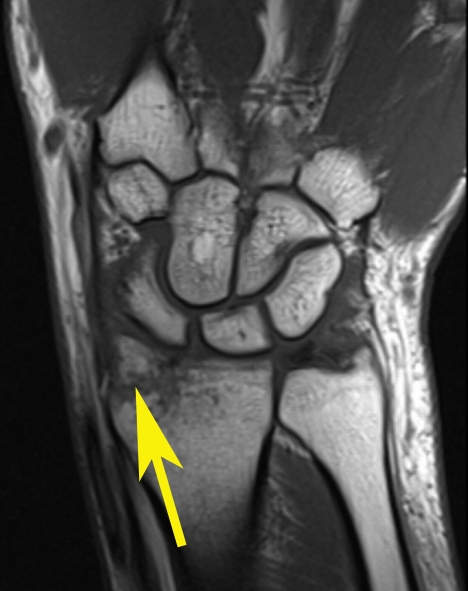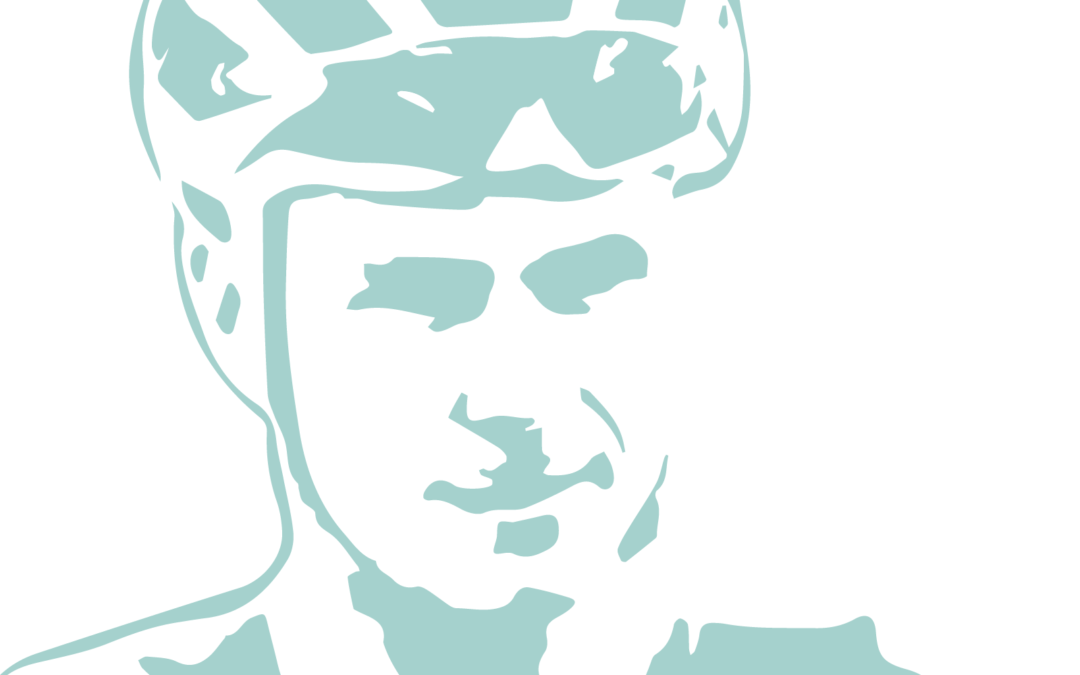In addition to the overuse and stress injuries that are common to most sports, cyclists endure more than their fair share of traumatic injuries, such as fractures. The high speeds and often crowded fields in elite cycling events can lead to dramatic and often very serious crashes, leaving athletes with far more than cuts and bruises.
After winning his first Tour de France in 2013, Chris Froome had to pull out of the 2014 event following a crash during stage five of the competition. The impact left Froome with fractures of the left wrist and right hand, which were detected with MRI after initial x-rays appeared to show no breaks (read more here).
As riders naturally use their hands to cushion a fall during a crash, hand and wrist fractures are frequent among cyclists. The patient will almost always be examined first with x-ray. However, if the examination is inconclusive, but a fracture is strongly suspected, an additional examination with a different method such as MRI may well be ordered.
MRI is very helpful for detecting ‘occult’ fractures (those that are not visible on x-ray). This MR image shows the position (arrow) and extension of the fracture line after an injury to the radius bone of the forearm:

Note: image is an example – not that of the athlete named above.
Radiologists are familiar with the range of possible fractures that could occur in a specific part of the body and they know exactly how to spot them on x-ray, MRI, or any other medical images. Their assessment of the damage will guide the athlete’s team in terms of how to proceed with treatment.
For more information about wrist fractures, click here.
